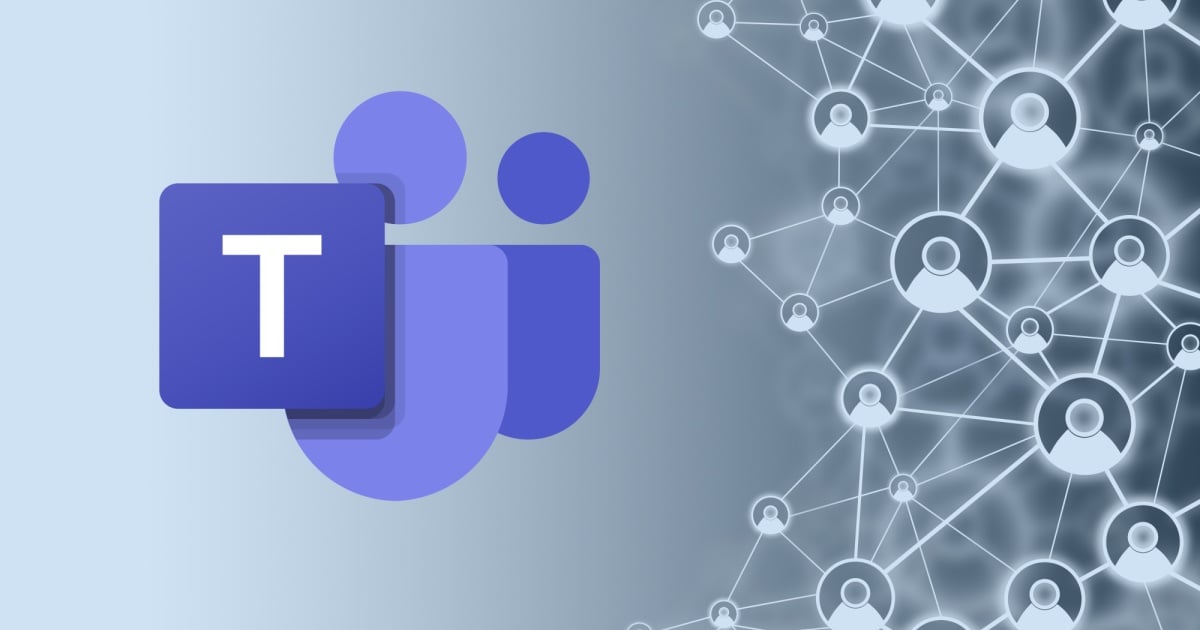The benefits of ‘The Cloud’ have long been a topic of discussion for businesses looking to cut costs and lessen burden on their internal resources. Of course the benefits of the technology expand beyond these key points - but one market that has yet to capitalize on the benefits has been the SMB.
Many of these businesses still operate under the assumption that going to the cloud means giving up control. As we enter a new year, and a technologically advanced business world, there is no longer a way for businesses – even small ones – to ignore the benefits of moving to the cloud.
New York-based CGS has been supporting global enterprises, regional companies and government agencies over the last 30 years with business applications, learning systems and outsourcing services to solve the fundamental business challenges they face.
I recently caught up with Frank Bianchi, Vice President of Sales and Technology Outsourcing to hear more about his predictions for 2016 and what will be the driving force behind future innovations in the market.
Our interview follows.
What’s in store for 2016? New products (any teaser information you can provide?), events, etc. something you’re excited for in the market?
I predict that 2016 will be an acceleration year for SMBs to embrace cloud and managed services models. There are many factors driving this trend:
- SMBs will not have the resources to support the diverse set of technologies required to run a business
- There is a labor shortage on qualified staff with the skill set or expertise in cloud, security, mobility, analytics and infrastructure
- Companies can’t continue to fire-fight and meet the increasing demands of a much more savvy consumer
- Organizations require 24x7x365 support to meets their global needs
- Multi-channel business means your organization is always open for business. As more customers, distributors and employees are mobile and operating self-service, the demands on the infrastructure will be more than they can handle
- SMBs can no longer operate without business continuity and disaster recovery processing, which will be better addressed by cloud-based as a service (CaaS) platform
- SMBs cannot easily put the level of security in place that is achievable in a robust cloud environment, operating in a Level 3 or 4 (top tier) data center.
- The pressure on margins will continue to require cloud, managed services and other outsourcing services to act as an extension of the SMBs’ teams at a lower price point than in-house resources
Are there any upcoming challenges you predict your company or the market will have to face in 2016?
The challenge for SMBs will be to stop thinking that outsourcing means loss of control. The right outsource provider can tailor solutions to the needs of its customers: One-size-does-not-fit-all. Some organizations require more emphasis on Desktop (or virtual desktop) as a Service (DaaS) technologies, while others may require more emphasis on high availability of networks and servers. While all components are critical for overall performance, success of outsourcing adoption requires the service models to be collaborative and responsive, proactive and preventative, and resolution-based in addition to traditional notification. Once the trust is built between the outsourcing partner and customers, then the outsourcer is accepted as an extension of the team, allowing the company to redeploy its internal IT to revenue-generating activities, such as new products, channel and analytics.
What do you think it will take for the IT outsourcing industry to really take off in 2016?
Consultancies need to provide actionable insights on the return on investment (ROI) of cloud and managed services outsourcing to CIOs, CFOs and CEOs of SMB organizations. ROI is compelling in most cases. If it is not, it may be because the company is not spending sufficient dollars on risk mitigation, such as business continuity. This means the company may be operating at risk. The cost of downtime or a catastrophic event could permanently affect the brand. This requires partners to be good consultants and trusted advisers versus pure sales people and to provide the holistic view and information that will facilitate decisions toward outsourcing.
We are already seeing the momentum building in 2016 as companies are moving their mission-critical applications to the cloud and outsourcing management of their infrastructures. Executives who were early adopters in embracing the cloud and infrastructure management have found new headroom and time for thought leadership, innovation and service rather than being concerned with managing migrations, upgrades and end-of-life issues. This reinforces the need for partnerships with stable organizations over managed service providers (MSPs) that flip every 18 to 24 months. Long-term relationships will win over flash alone. Organizations that can offer a diverse set of outsourcing needs, such as cloud, managed services, help desk, and contact center outsourcing, will be even more attractive.
If you had to make one bold prediction for 2016, what would it be?
Adoption of Cloud, SaaS and outsourced infrastructure will exceed industry predictions. I expect 20 percent year-over-year increase from an industry standpoint starting in 2016. In my customer base alone, more than 80 percent of new customers go right to the cloud. Over one-third of our existing enterprise resource planning (ERP) customers will take the step to our managed cloud or at least an interim step toward outsourcing infrastructure and applications support.
The final prediction as we look at the second half of 2016 with an eye toward 2020 will be the pervasive use of analytics and business intelligence in the SMB market. It may start with mission critical KPIs and extend to other areas as well. Over time this will also include integrating a strategy around unstructured data and Internet of Things (IoT) Technology.
Organizations that move to the cloud sooner will have a competitive edge and the headroom to look for new markets, service strategies, channels and areas of operational optimization. Data will be a strategic and competitive asset in decision making. Traditional reporting will be replaced with mobile analytics, dashboards that measure the real KPIs that measure organizational performance and include analytics to predict best course of actions to achieve desired outcomes.
Edited by
Kyle Piscioniere






